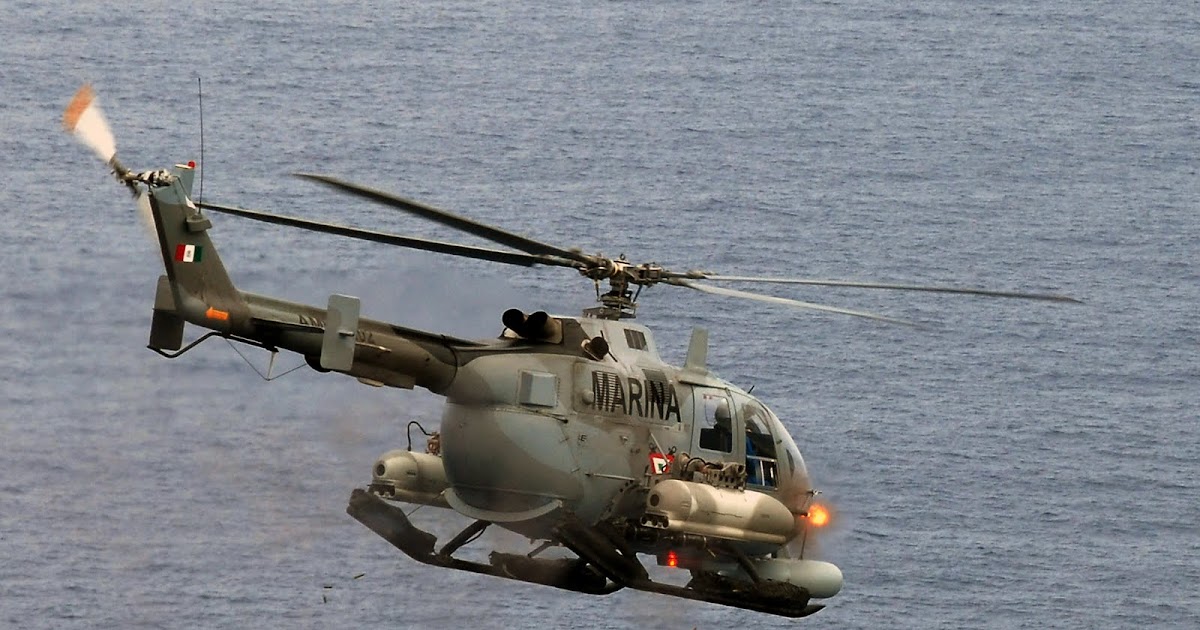
The Bo-105 stands as a testament to innovation in the world of helicopters. As the inaugural light twin-engine helicopter globally, it achieved remarkable feats that changed the landscape of rotorcraft capabilities. Originating from Germany, the Bo-105 has left an indelible mark on both military and civilian applications since its debut in the early 1970s.
Diverse iterations of the Bo-105 have emerged over time, furnishing an array of roles encompassing transportation, reconnaissance, and even anti-tank capabilities. The militarized variant, in particular, boasts the ability to deploy HOT and HOT-2 anti-tank missile systems, thus establishing itself as a potent force on the battlefield.
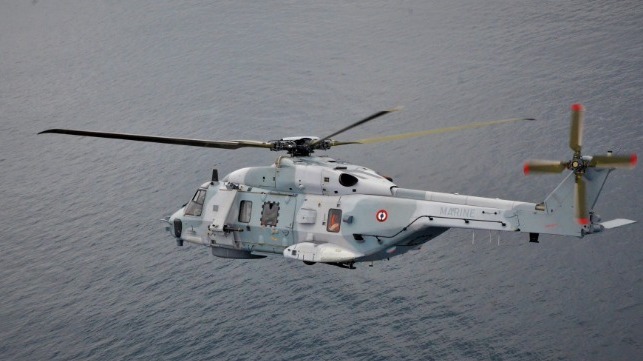
The inaugural flight of the Bo-105 took place on February 16, 1967, marking not only the advent of the first light twin-engine helicopter globally but also the pioneering rotorcraft capable of executing acrobatic maneuvers such as inverted loops.
Germany and Canada served as the primary production hubs for the Bo-105, with additional manufacturing lines established in Spain, Indonesia, and the Philippines due to robust export demand. Although the Bo-105 eventually ceded its position in Eurocopter’s product lineup to the more powerful Eurocopter EC135, its legacy remains undeniable.
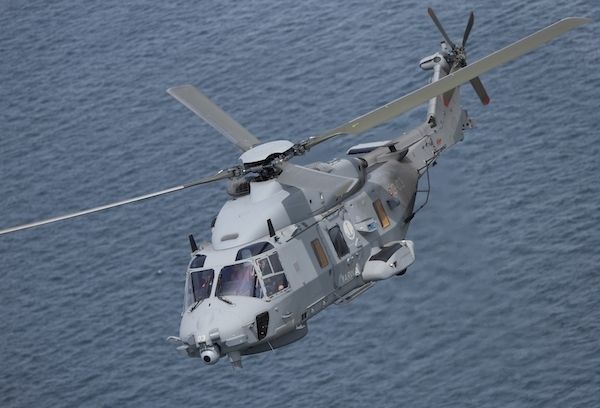
Physical specifications of the Bo-105 encompass a length of 11.86 meters, a height of 3 meters, an empty weight ranging from 1.27 to 2.5 tons, and power sourced from two Allison 250-C20B turboshaft engines, each boasting 420 horsepower. The helicopter reaches a top speed of 242 km/h, covers a range of 657 km, boasts a service ceiling of 5,200 meters, and ascends at a rate of 8 meters per second.
The hallmark of the Bo-105 lies in its exceptional maneuverability, epitomized by its unique rotor blades and rotor head. With a hingeless rotor system, the rotor head features a solid titanium block to which the four blades are affixed. These rotor blades, composed of reinforced-plastic glass-fiber composite material, contribute to the helicopter’s agile performance while allowing for simplified maintenance and extended blade lifespan.
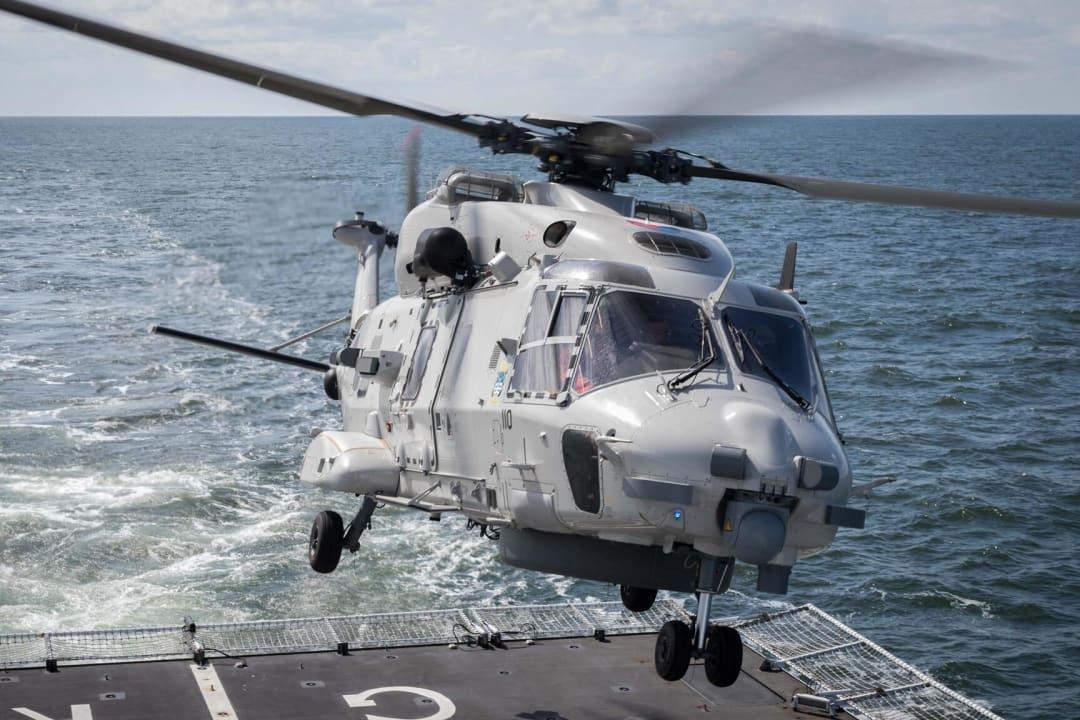
The Bo-105’s crowning achievement is perhaps the PΑH-1 anti-tank variant. Armed with six Euromissile HOT long-range guided missiles, it adeptly maneuvers behind obstacles like trees and buildings. Equipped with roof-mounted infrared sights, the PΑH-1 excels at nocturnal and adverse weather engagements. Modernization efforts included integrating fire-and-forget type missiles, heightening its combat efficacy.
When operated by military personnel, the Bo-105 often cruises at low altitudes to reduce visibility to adversaries, a strategy well-suited to the helicopter’s capabilities. Pilots benefit from the helicopter’s flight qualities that mitigate several potential hazards associated with such flight profiles. The cockpit, accommodating up to three passengers on a rear bench, can be reconfigured to transport cargo or a stretcher, facilitated by the sizeable clamshell doors located at the rear of the fuselage.
In total, over 1,500 Bo-105 helicopters have rolled off production lines. Notably, the West German Army emerged as one of the helicopter’s most prolific military operators. Additionally, police services in Argentina, Canada, Chile, Germany, the Netherlands, South Africa, and Spain have all embraced the Bo-105 for various operational needs. The Bo-105’s legacy continues to influence modern helicopter design and its impact endures across a multitude of sectors
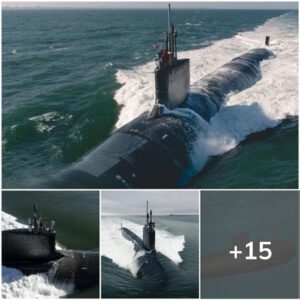
Để lại một bình luận
Bạn phải đăng nhập để gửi bình luận.